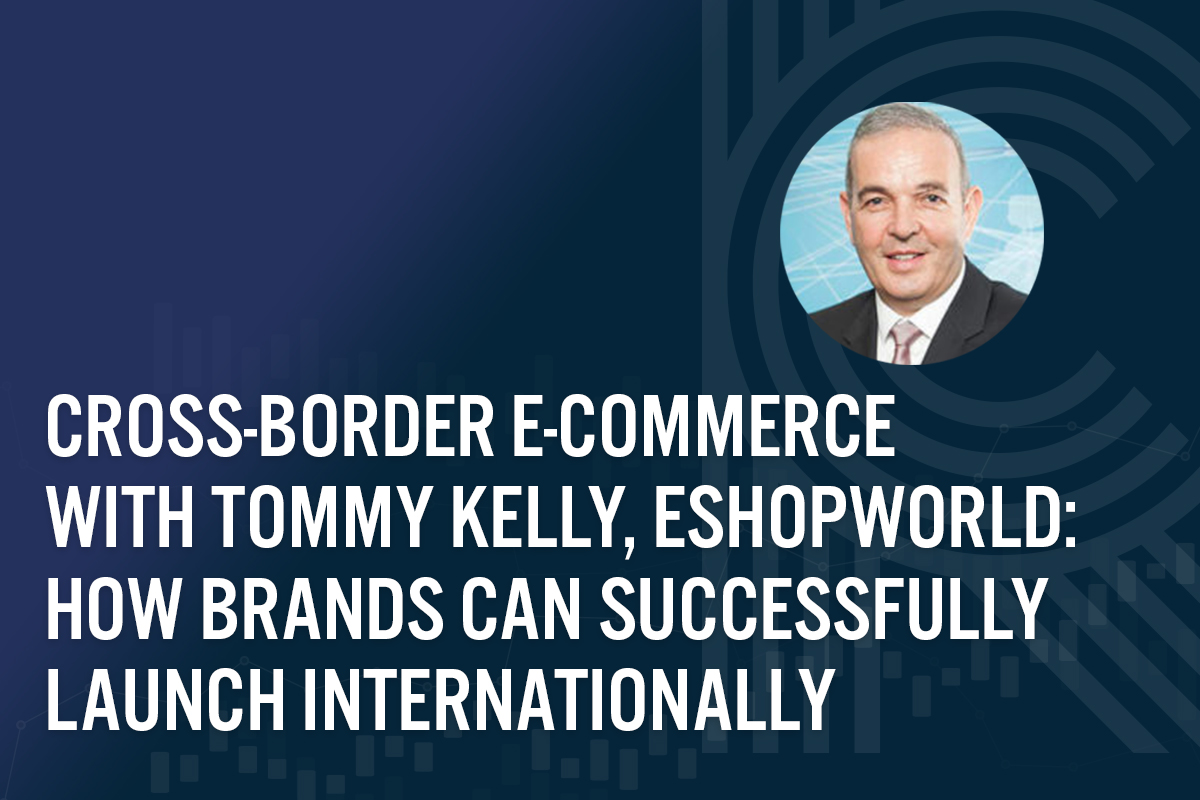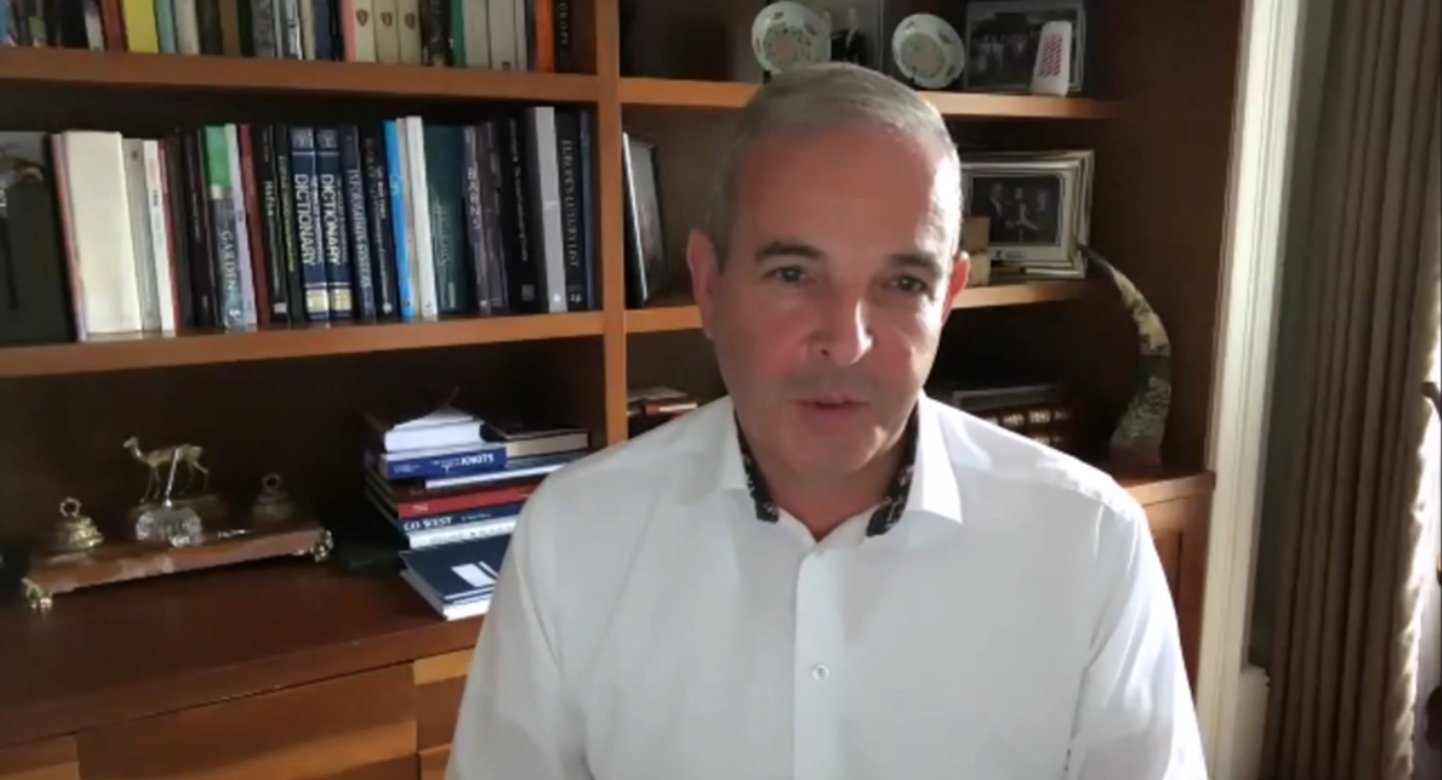
albert Chan
We present three key insights from the Coresight Research webinar held on July 30, 2020, in which Tommy Kelly, Founder and CEO of eShopWorld, discussed how brands can expand internationally through cross-border e-commerce. The webinar was hosted by Deborah Weinswig, CEO and Founder of Coresight Research.
1. Brands Should Take a Localized Approach to Expanding InternationallyKelly and Weinswig agreed that the US is one of the most heavily discounted marketplaces in the world. Kelly extolled the margin opportunities that American brands can take advantage of by expanding abroad. As online sales continue to grow worldwide, it is easier and potentially more lucrative than ever for brands to expand internationally through e-commerce.
However, Kelly emphasized that there is no universally successful template for brands to use when expanding internationally. He explained that brands looking to explore cross-border e-commerce should aim to penetrate the 30 or so major global markets that make up about 90% of most brands’ target audience. In order to launch in each of these markets successfully, brands must rely on local expertise to ensure that the customer experience is consistent with localized demand and expectations. Stressing that no two markets are alike, Kelly cautioned brands against using in-house solutions to launch abroad. For example, brands often fail to tailor their strategies to different European markets, instead taking a universal approach to business on the Continent.
He underscored the potential benefits that brands can reap by working with platforms like eShopWorld, which have country-level expertise, to create more customized approaches to individual markets. Such partnerships can also help companies to launch internationally quickly: eShopWorld’s clients typically enter new markets within six to 12 weeks of collaborating with the platform.
[caption id="attachment_113905" align="aligncenter" width="700"] Tommy Kelly explains that brands can take a market-specific approach to international launches by partnering with cross-border e-commerce platforms.
Tommy Kelly explains that brands can take a market-specific approach to international launches by partnering with cross-border e-commerce platforms.Source: Coresight Research[/caption] 2. Carefully Planned Launches and Customer Engagement Strategies Are Key to International Success
Poor launches can have harmful effects on brand equity, so eShopWorld cautions its clients against a “launch and learn” approach and instead advocates that brands carefully plan their entrances into new markets, with an eye on engaging consumers digitally. According to Kelly, crafting quality shopping experiences that promote digital engagement is one of the best ways to acquire new customers that will then show strong brand loyalty. Online channels can also be leveraged to enhance the customer experience while alleviating the pressure on brands’ customer-service departments, as consumers can use digital tools to support their interactions with brands.
Kelly stressed the importance of working with banks and local payment providers to create payment infrastructure that is comparable to what consumers have already been using in their home markets—thus ensuring ease of use through familiarity. Any friction in the payment process could reduce the likelihood of a successful international launch.
3. Brands Should Not Rely on Amazon in Building an International PresenceIn any international launch, Kelly believes that establishing the right “people infrastructure” is the first priority. Using the right technological tools remains critical to success, but developing an understanding of how a brand wants to present itself internationally should always come first.
When asked about the efficacy of Amazon as a tool to expand internationally, Kelly cautioned against relying on the e-commerce giant’s platform to establish brand presence. When brands sell on Amazon, they are not creating their own branded experience for customers, but rather are providing them with an Amazon experience. Selling on Amazon does not unlock the same brand loyalty that branded online stores do, Kelly said. He advised that brands should “own” their customers, not give them away to Amazon.
Amazon is often seen as a solution for entering markets that have otherwise proved difficult to penetrate. Kelly identified Brazil, Mexico and Russia as three countries in which he believes international expansion remains difficult—but which present huge opportunities for brands that invest heavily in creating local payment, retail and online ecosystems.
What We Think
- Successfully launching a cross-border e-commerce business requires collaboration with regional experts and local payment facilitators, and an emphasis on offering a frictionless and engaging customer experience.
- Working with a platform such as eShopWorld can help brands to craft customized online customer experiences in each market they serve, as well as streamlining the market-entry process.
- American brands can leverage opportunities for higher margins by expanding abroad, due to the nature of the US market being one of heavy discounts.
- Brands can learn innovative consumer engagement strategies from other markets—such as livestreaming, group buying and gamification—thus driving sales in their home and international markets.